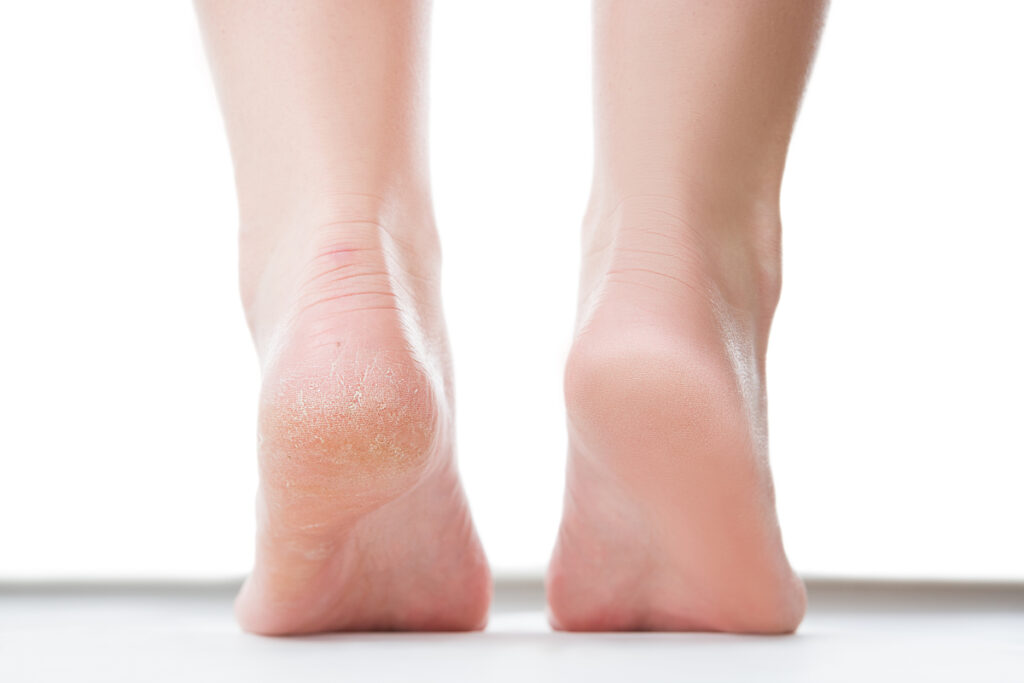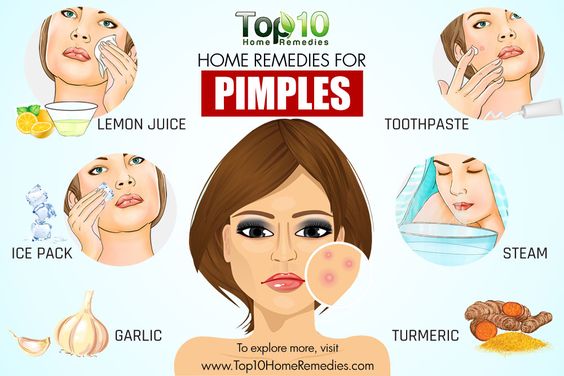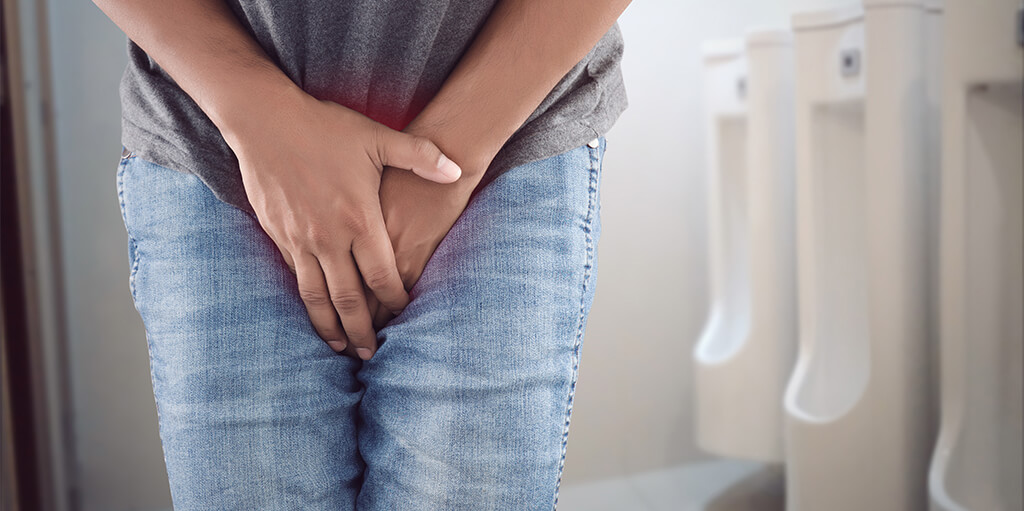What Causes Cracked Heels?
Drying of the heel, leading to its cracking, can be caused by multiple reasons. Some of the factors that cause cracked heels are:
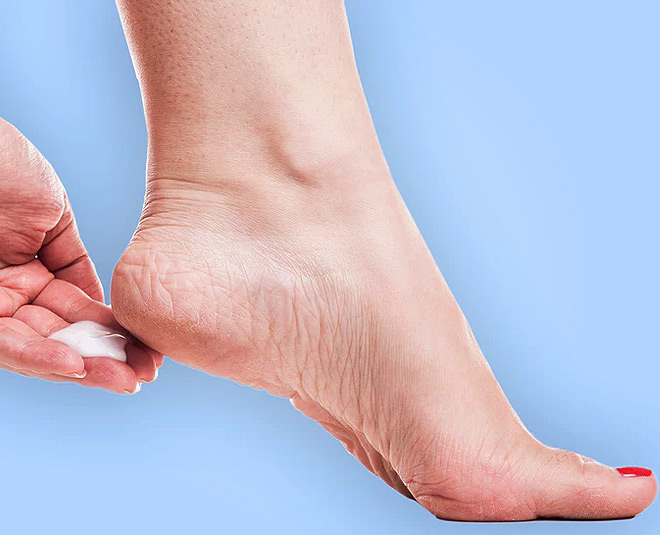
- If you neglect to care for your feet and do not moisturise them regularly.
- Due to age changes, the skin undergoes changes, which causes decreased oil production, decreased thickness and accumulation of sun damage.
- If your skin gets repeatedly damaged from too much friction and rubbing or exposure to harsh conditions like dry climate, your heels can get cracked.
- Some underlying conditions like atopic dermatitis (itching and inflammation of the skin), nutritional deficiencies, eczema, fungal infection or diabetes2
- If you are walking barefoot constantly or wearing open-backed shoes or sandals
- If your sweat glands are inactive
- If your weight is more than the healthy weight recommendation for your body type1
Symptoms of Cracked Heels:
A cracked heel is a symptom and can occur due to various reasons, as stated above. Some of the features of a cracked heel that will help you identify it is:
- The outer edge and bottom of your heel become hard.
- The skin of your feet becomes dry and flaky.
- You might also experience pain if the fissures are deep, and they can bleed too.1
Suggested Home Remedies for Cracked Heels:
You can try natural ingredients to care for your heels and get smooth heels. A few home remedies for cracked heels that you can try are listed below. You can try a few of these home remedies, which might be the solution to your question of ‘how to get rid of cracked heels?’.
1. Washing Feet
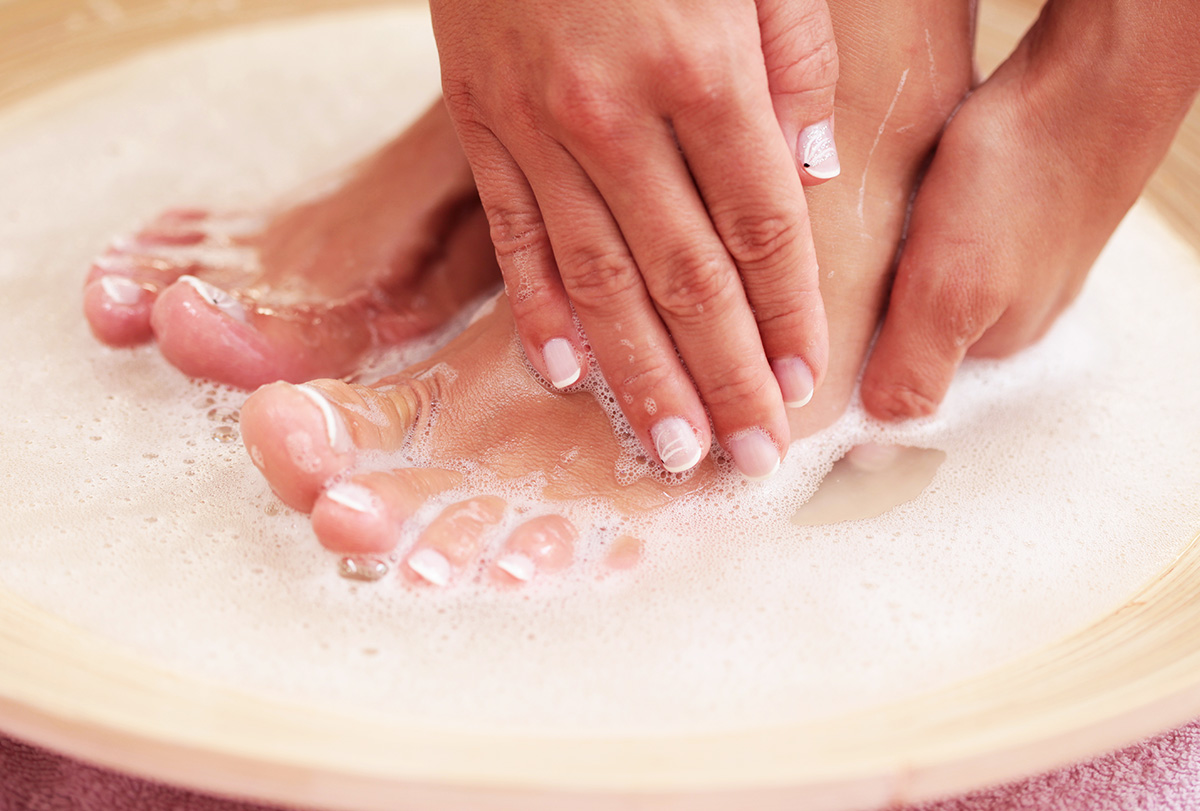
This is a pretty straightforward remedy and might just be what you need. It might seem like a small thing, but it can make a world of difference if done correctly. Make sure that you wash your feet with water that’s not too hot or too cold. Use lukewarm water and mild soap to wash your feet. This can prove to be a good home remedy for a cracked heel. While it’s alright to soak your feet in water for a few minutes before washing them, make sure not to scrub your feet. Soaking feet in water for too long risks weakening the skin barrier, resulting in excessive moisture loss.2
2. Moisturisation
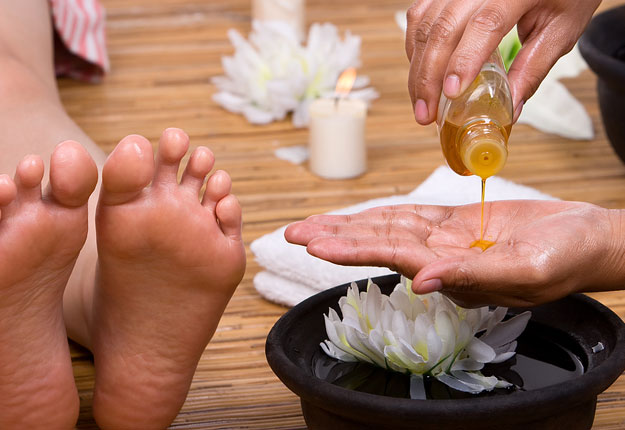
You should moisturise your skin after you wash and dry them properly. You can use mild lotions and creams and apply them generously to your skin and feet. It takes a few minutes for the moisturiser to seep into your skin. So after a few minutes, you should apply a sealant cream or occlusive ointment that seals the moisture in.2
3. Wearing Socks

There is another way that can help you seal the moisture into your feet, i.e. wearing socks. Wearing socks to bed, right after you wash your feet, moisturise and lock the moisture in, can be a good idea. Even if you’re not interested in wearing socks throughout the day, you can try wearing socks to bed. It can be beneficial for your cracked heel. Wearing cotton socks helps in locking the moisture better and might be one of the easiest home remedies for cracked heels to follow.2
4. Shea Butter

Shea butter can be beneficial in healing cracked heels. It is used in body lotions and creams. It has the property of softening and moisturising the skin. Shea butter is obtained from the nut of the African Shea tree. It has been recommended for soothing dry skin caused by dermatitis (inflammation of the skin). It is also recommended as a moisturiser for hands and feet.3 Therefore, it can be used as one of the home remedies for the cracked heel as well. You can apply it directly onto your cracked heel, or you can dilute it with an oil of your choice before applying it.
5. Honey

Honey is one ingredient that can be easily found in kitchens across the world. It is being used traditionally to manage multiple skin conditions, cuts and wounds as well. In studies, it was found that honey can also be used to manage skin conditions that can be caused due to faults in the immune system, like atopic dermatitis and contact dermatitis.4 Therefore, it can also be used as a home remedy for dealing with cracked heels. To use honey, you can directly apply it to your feet, keep it for a few minutes and wash it off. You can also mix a little bit of rice flour and lemon juice with honey and apply it as a pack to your cracked heels. Washing it off with water might give you smooth heels, and it might prove to be the home remedy that you’ve been looking for.
6. Kokum Butter
The seed of kokum is used to obtain kokum butter. Kokum butter is widely used for making soaps and lotions. It has the property of moisturising the skin and is used for managing fissures and extremely dry skin. It can be used as a moisturiser for hands and feet.5 Therefore, it can be used for healing cracked heels. You can make use of kokum butter directly or use an oil of your choice to dilute it and apply it to your feet as one of the home remedies for cracked heels. You can moisturise your feet with kokum butter and then wear cotton socks to get more benefits.
7. Olive Oil

Olive oil can also prove to be helpful in healing cracked heels. It is known to have properties such as acceleration of tissue repair and facilitation of removal of dead skin.6 Therefore, olive oil can be used for application on foot. Direct application of olive oil can be helpful. You can also mix olive oil along with sesame oil and honey for beneficial effects. As this cracked heel remedy combines more than one of the ingredients that help in managing heel cracks, it might be one of the best remedies for cracked heels.
8. Coconut Oil

Coconut oil is obtained from the pulp of coconut. It has been extensively used as a moisturiser for mild to moderately dry skin. Thus, it can also be used for cracked heels. It is mineral oil and is safe to use. Coconut oil, especially virgin coconut oil, promotes faster growth of new skin cells, thus promoting the healing of wounds.6 You can apply either coconut oil or virgin coconut oil onto your heels as a home remedy for a cracked heel.
When to Seek Medical Help?
If you have tried taking care of your cracked heels and they still do not get better, then you should visit a dermatologist (skin and hair doctor). A dermatologist will thoroughly examine your feet to find the root of the problem. If you are already aware that you have an underlying medical condition like diabetes, then you should definitely consult your doctor for skin dryness, especially dryness of the feet. So, make an appointment and get your heels checked if self-care doesn’t lead to improvement of your heel cracks.2
Conclusion:
Heels can be difficult to maintain, especially if you live in a dry climate, as they tend to crack. There might be other reasons like nutritional deficiencies, diabetes or atopic dermatitis, due to which there may be cracked heels. When your feet get dry, the borders and bottom of your feet may feel hardened and flaky. These signs of cracked skin can soon disappear if you take good care of them just by washing, moisturising and wearing socks. You can try a few home remedies for cracked heels like shea butter, coconut oil, olive oil and honey to get smooth heels. However, if these self-care options do not work for you, you should visit a doctor and seek their advice.
References:
1. Heel Fissures [Internet]. Vikaspedia. [cited 2022 May 31]. p. 2019. Available from: https://vikaspedia.in/health/diseases/skin-diseases/heel-fissures
2. How To Heal Your Cracked Heels [Internet]. Cleaveland Clinic. 2022 [cited 2022 May 31]. Available from: https://health.clevelandclinic.org/dont-let-dry-heels-ruin-sandal-season/
3. Israel MO. Effects of Topical and Dietary Use of Shea Butter on Animals. Am J Life Sci [Internet]. 2014;2(5):303. Available from: http://www.sciencepublishinggroup.com/journal/paperinfo.aspx?journalid=118&doi=10.11648/j.ajls.20140205.18
4. McLoone P, Oluwadun A, Warnock M, Fyfe L. Honey: A Therapeutic Agent for Disorders of the Skin. Cent Asian J Glob Heal [Internet]. 2016;5(1). Available from: https://www.ncbi.nlm.nih.gov/pmc/articles/PMC5661189/pdf/cajgh-05-241.pdf
5. Chate MR, Kakade SB, Neeha VS. Kokum (Garcinia indica) Fruit: A Review. Asian J Dairy Food Res [Internet]. 2019;38(04):329–32. Available from: https://arccjournals.com/journal/asian-journal-of-dairy-and-food-research/DR-1493
6. Lin TK, Zhong L, Santiago JL. Anti-inflammatory and skin barrier repair effects of topical application of some plant oils. Int J Mol Sci [Internet]. 2018;19(1). Available from: https://www.ncbi.nlm.nih.gov/pmc/articles/PMC5796020/
